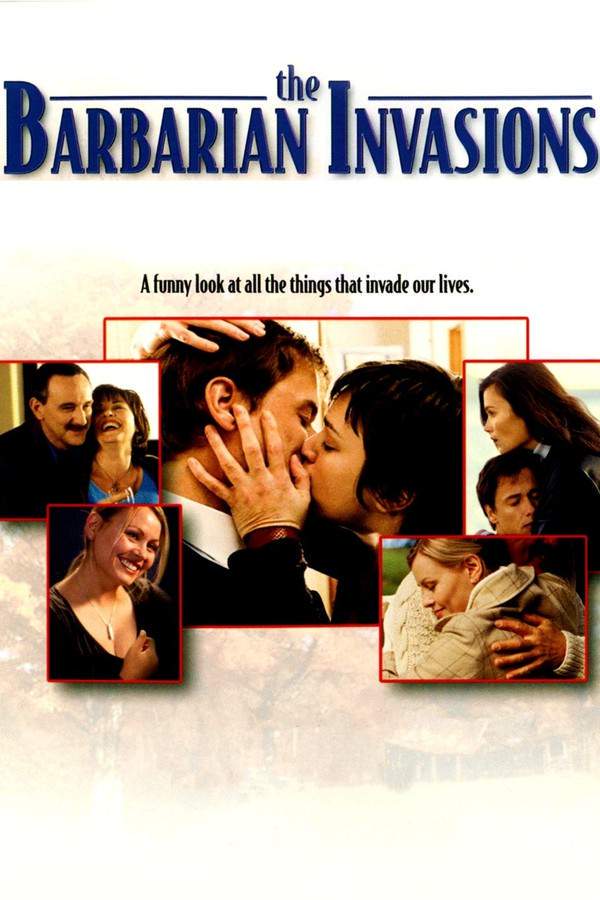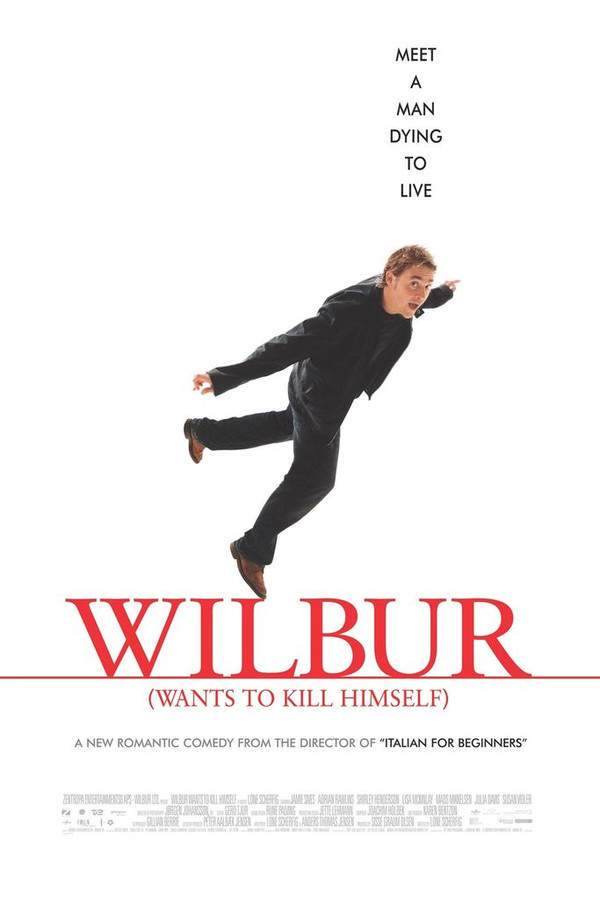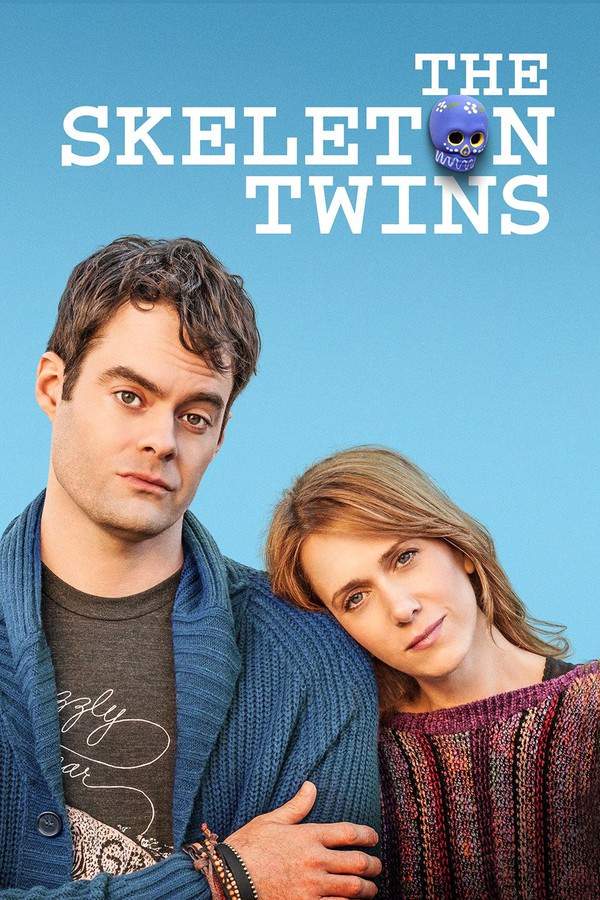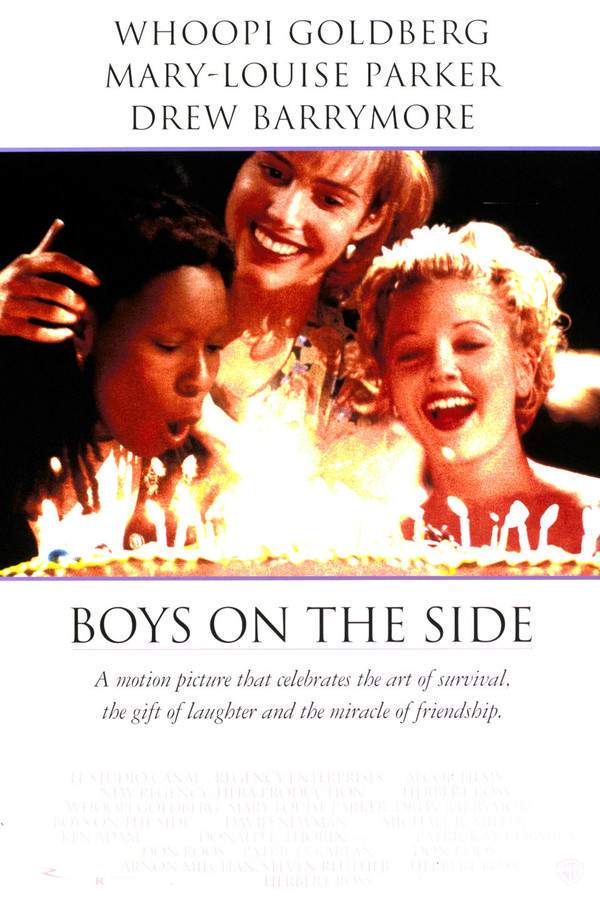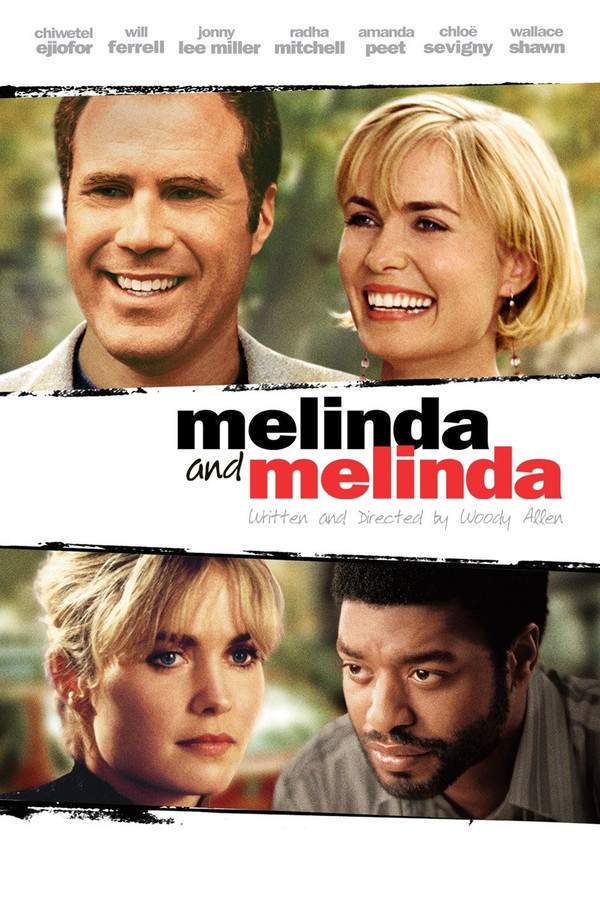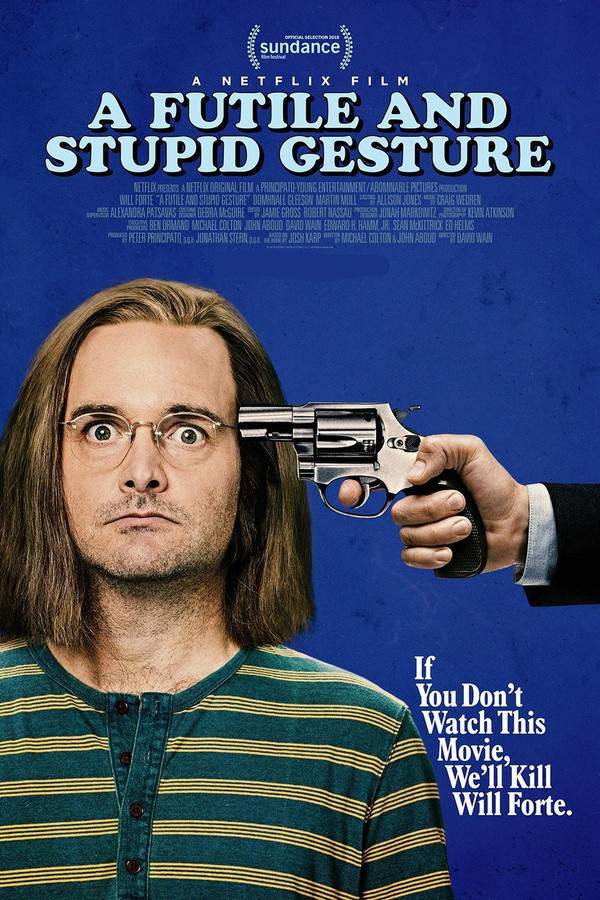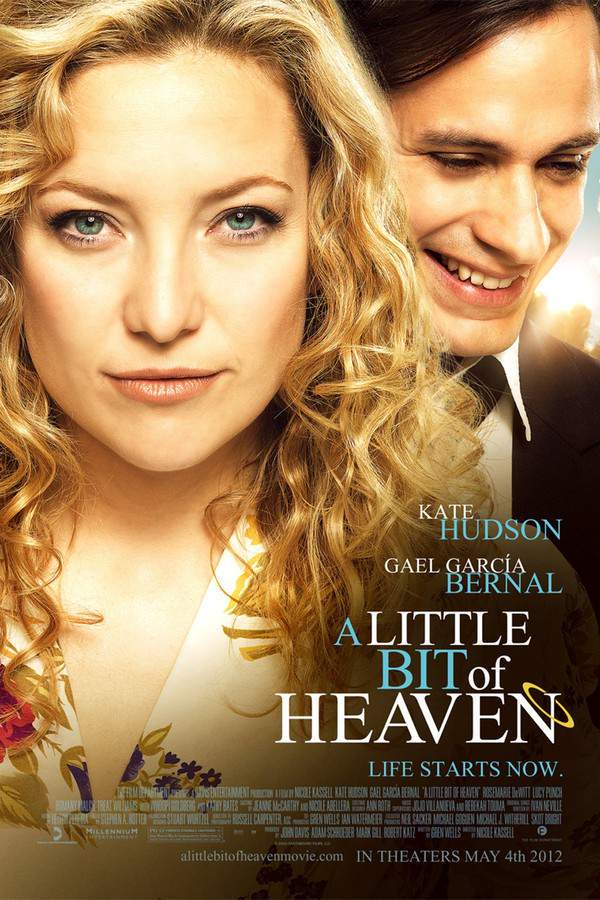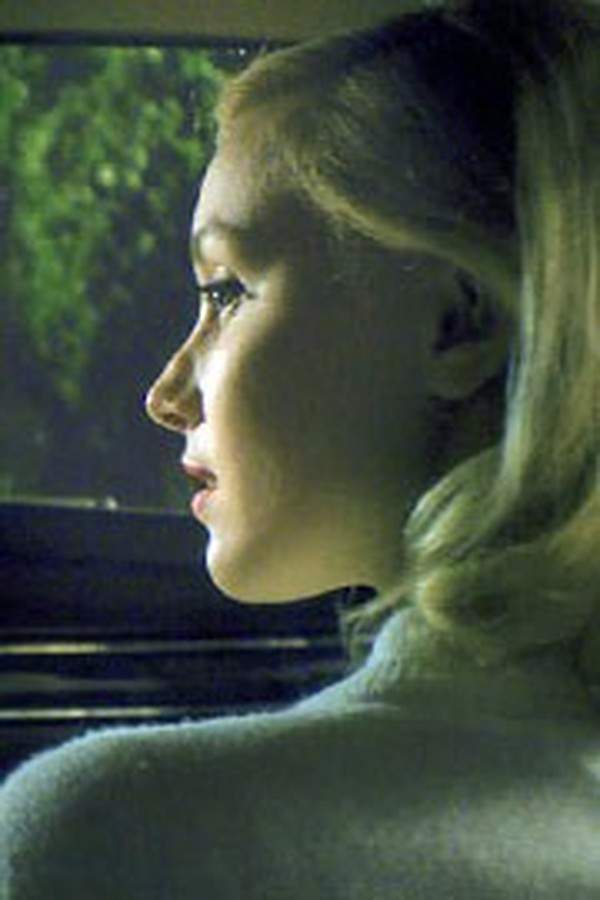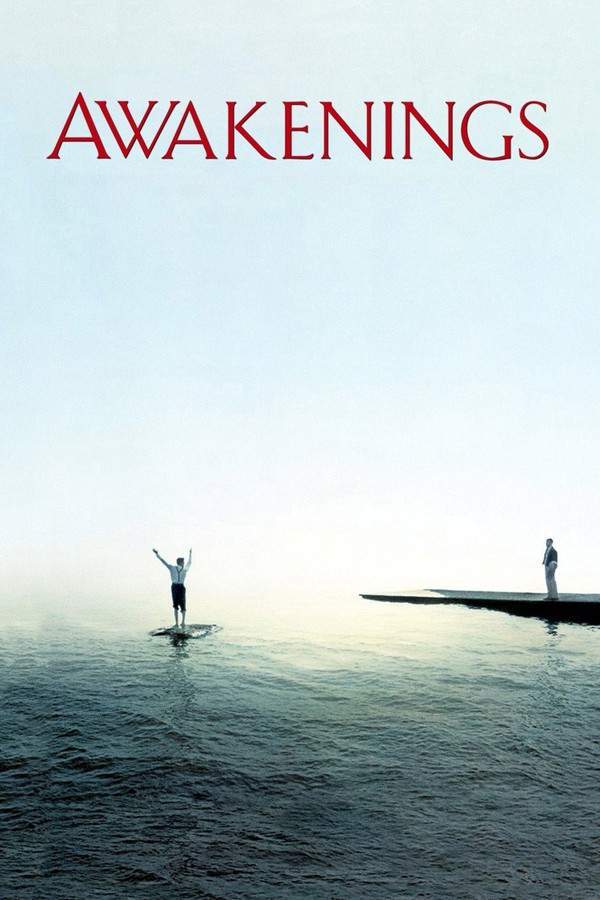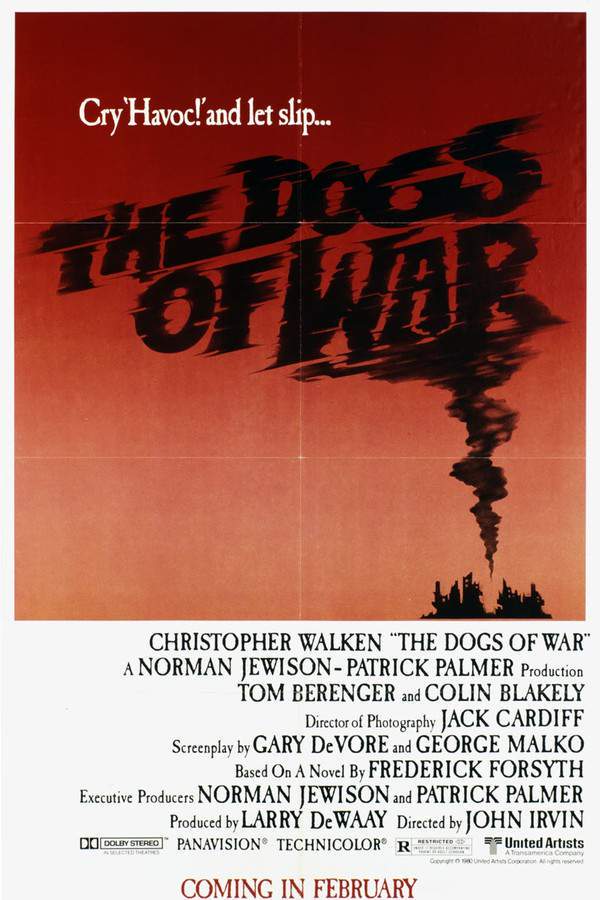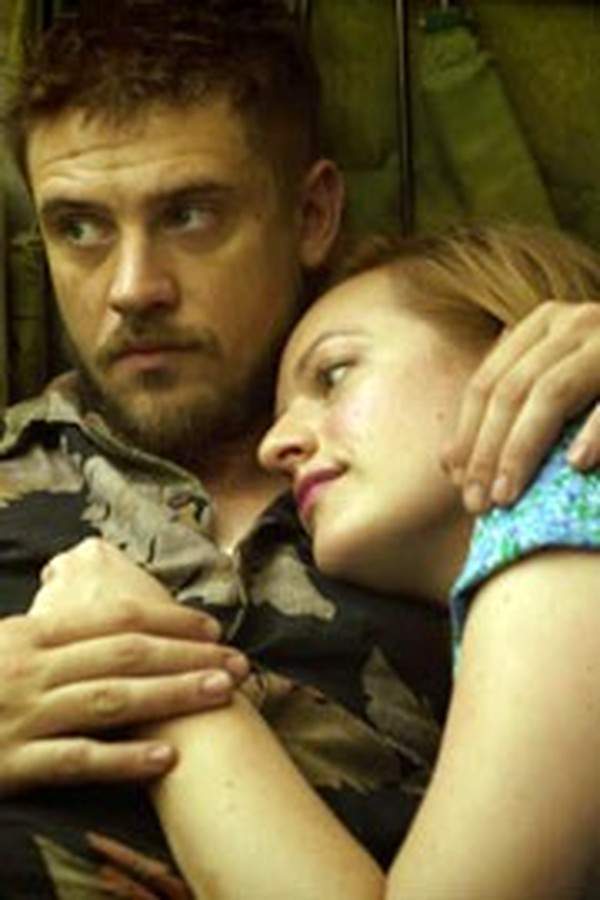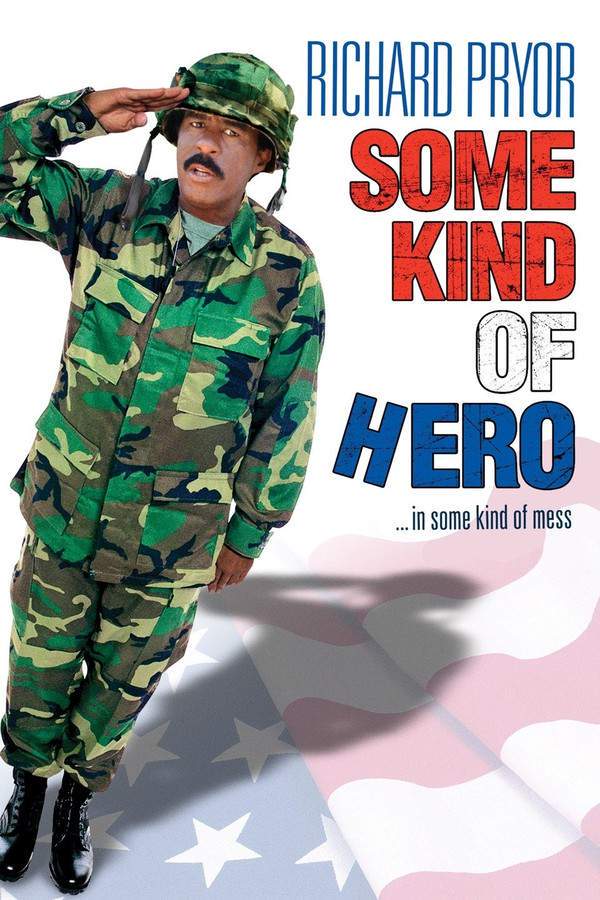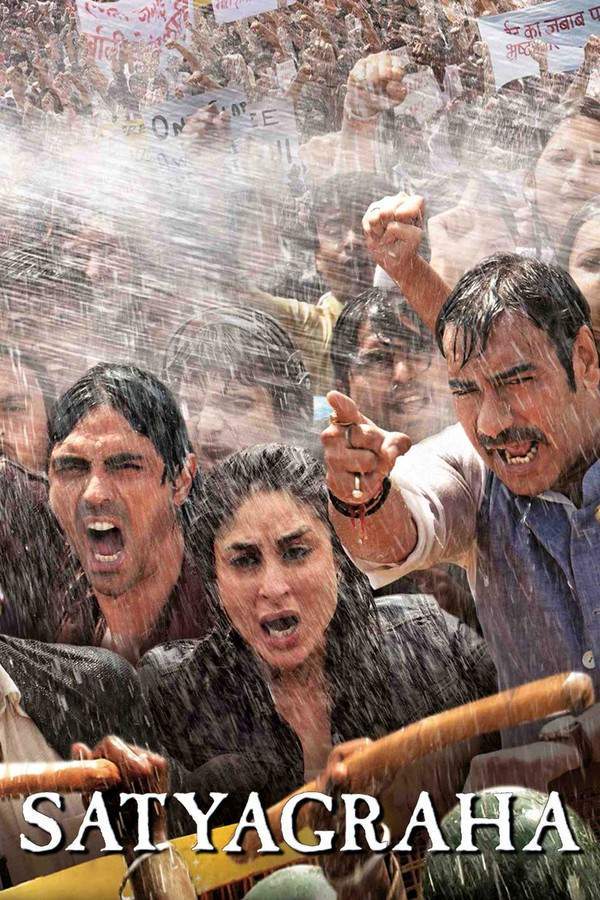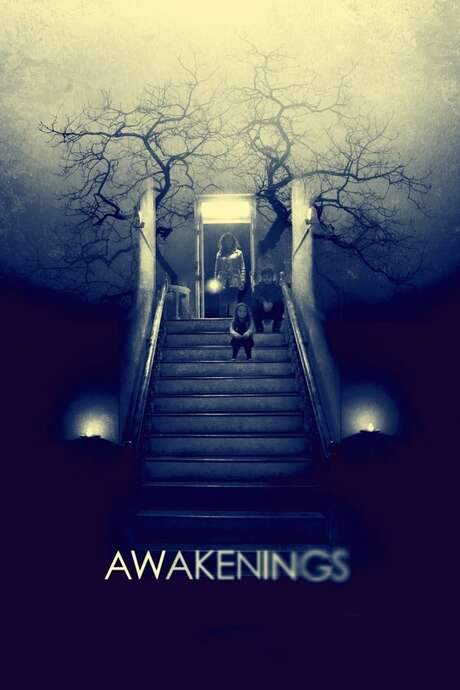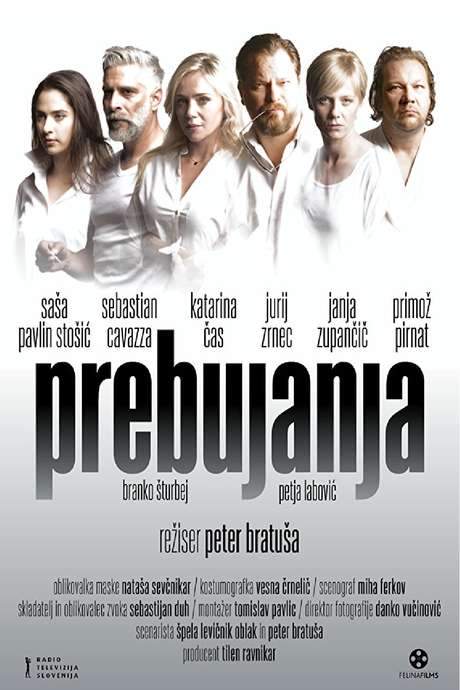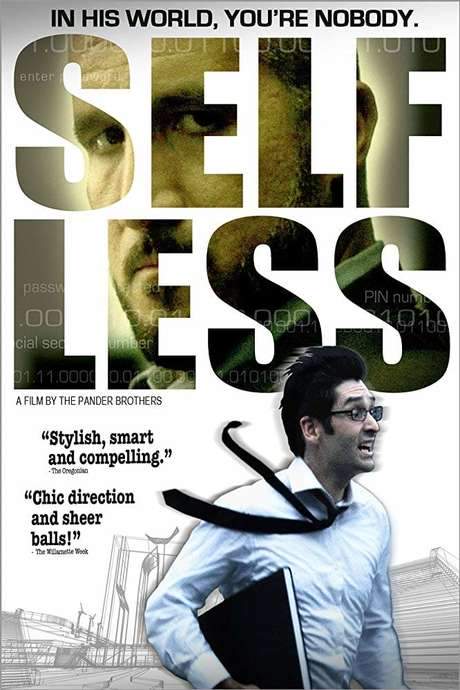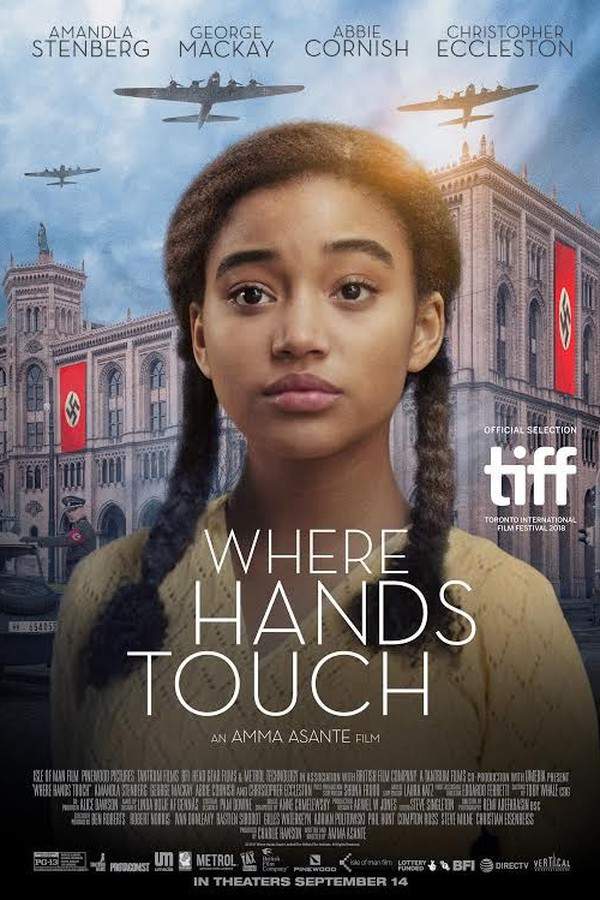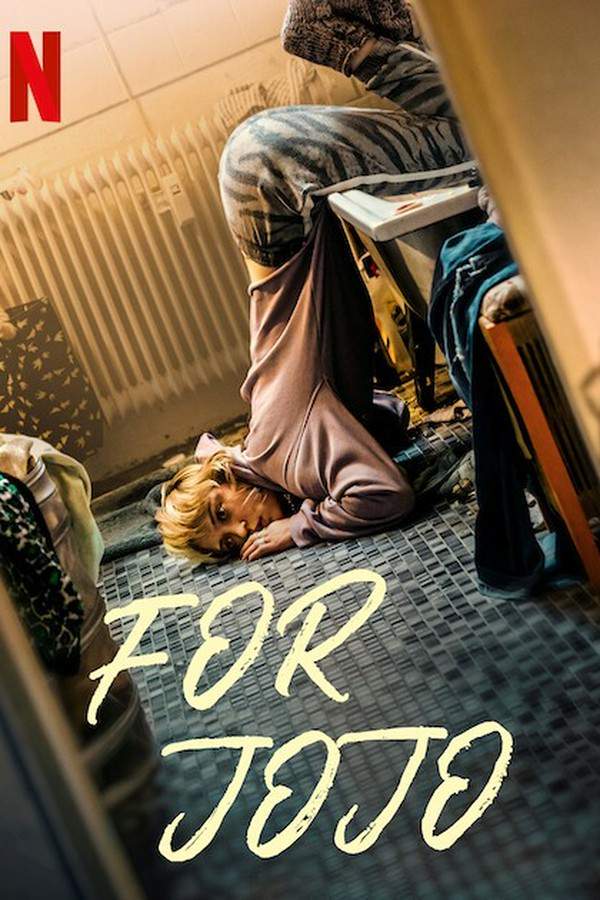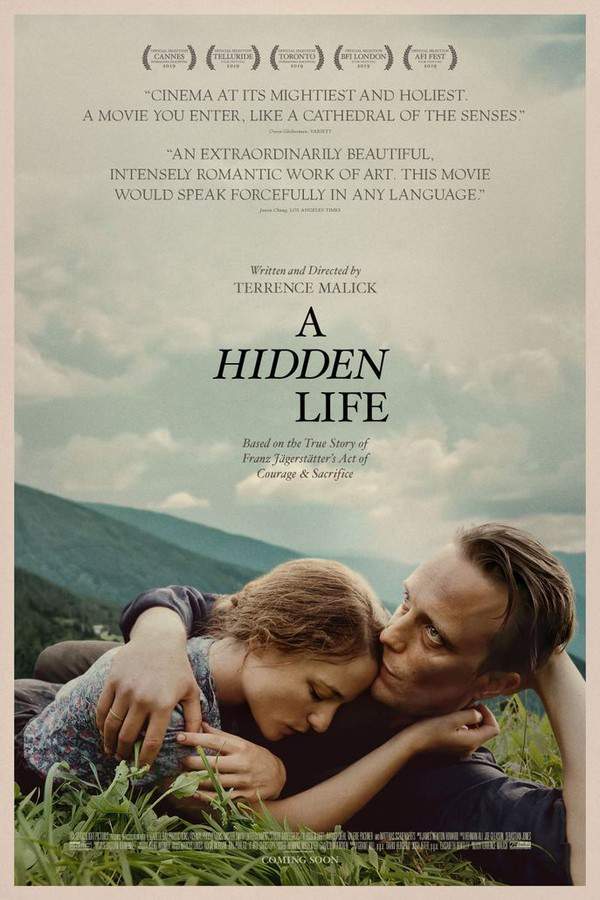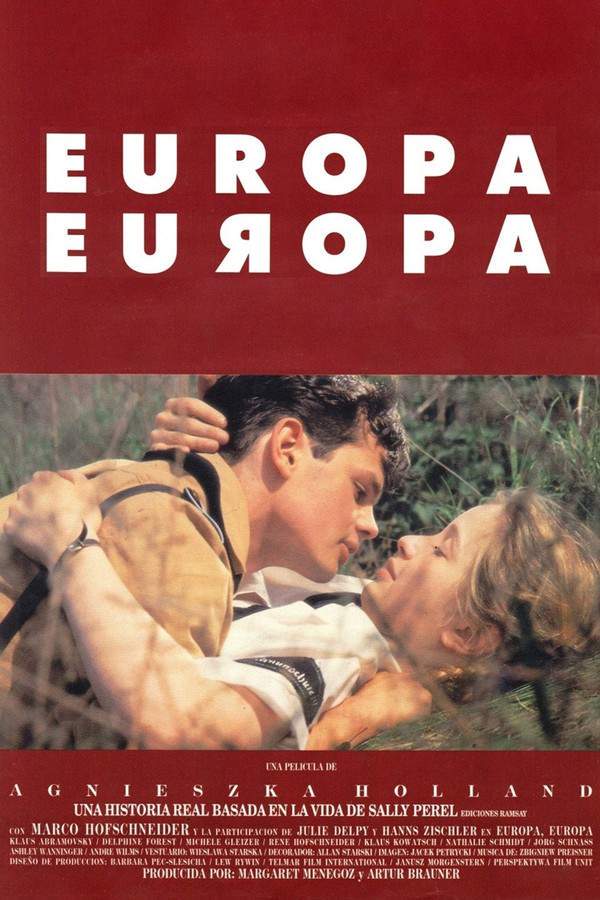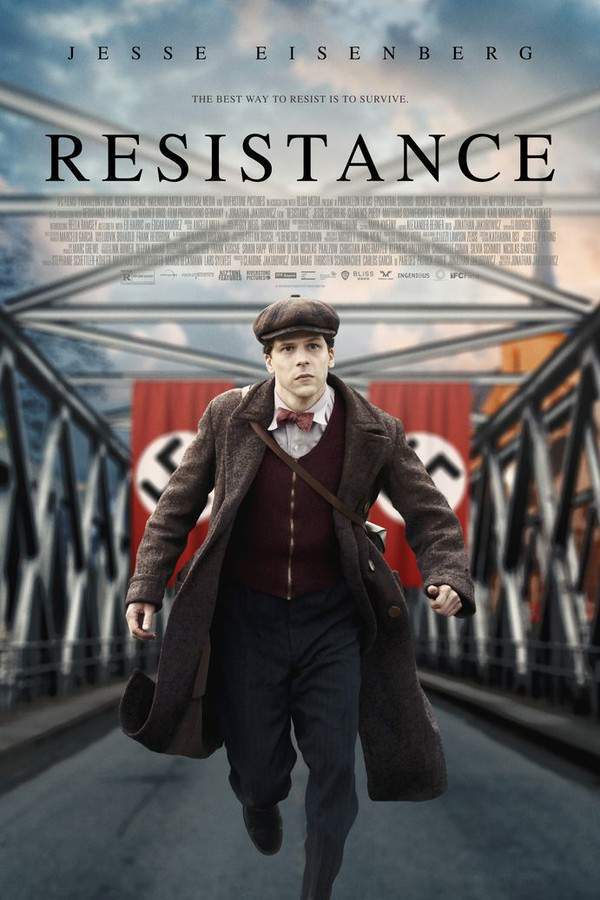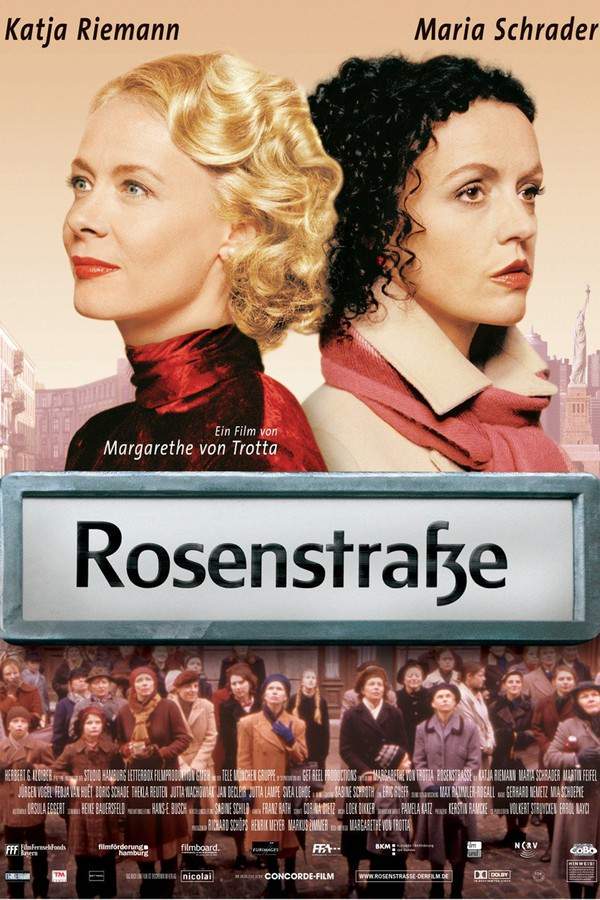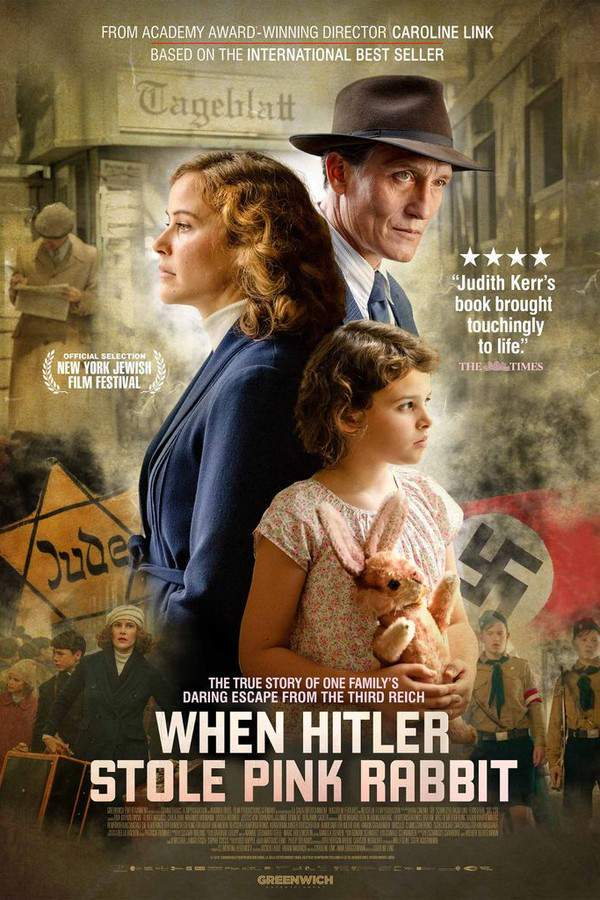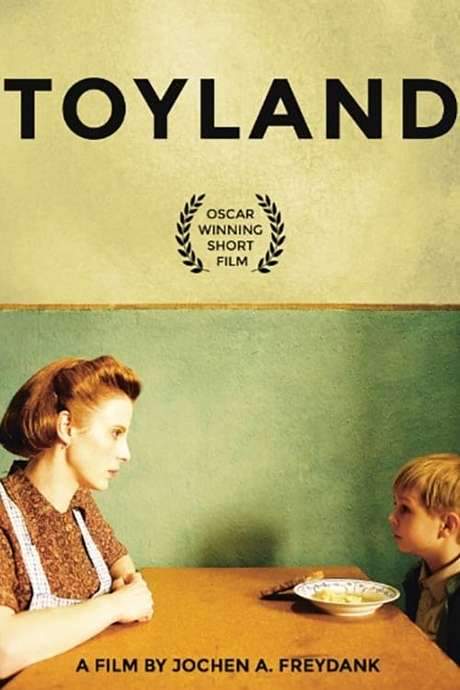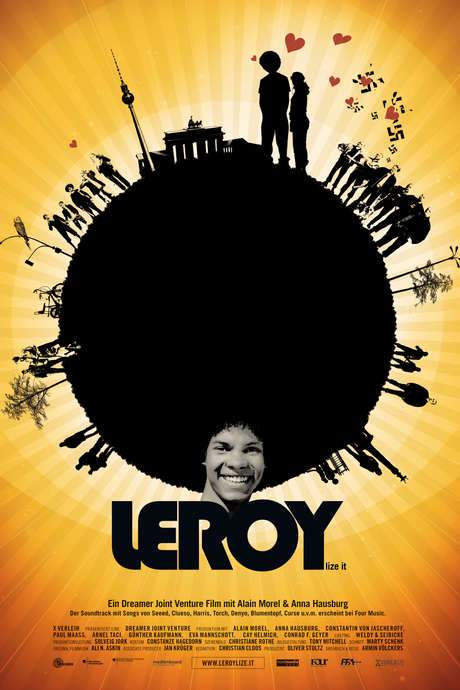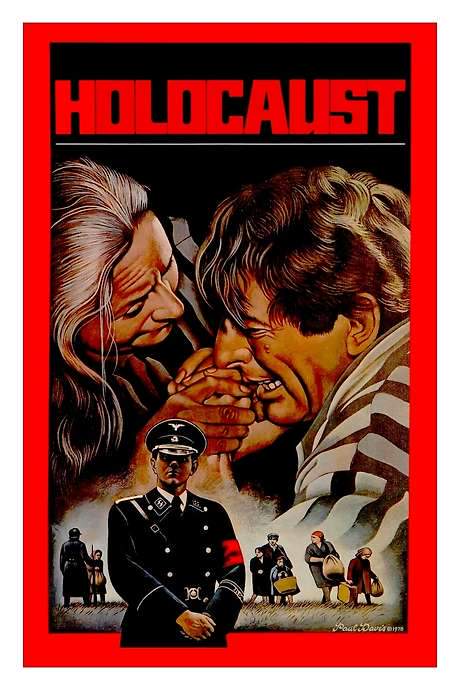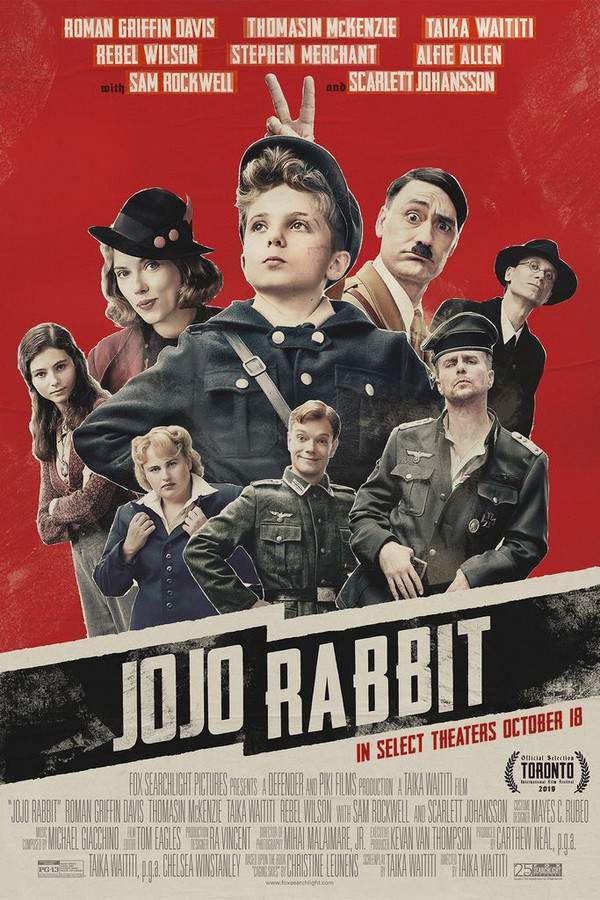
Jojo Rabbit
During World War II, a young German boy named Jojo, raised in a fanatical Nazi household, begins to question his beliefs when he discovers a Jewish teenager living in his attic. Guided by his imaginary friend, a bombastic and absurd version of Adolf Hitler, Jojo embarks on a journey of self-discovery and moral awakening, confronting the harsh realities of the war and the dangers of blind obedience.
Warning: spoilers below!
Haven’t seen Jojo Rabbit yet? This summary contains major spoilers. Bookmark the page, watch the movie, and come back for the full breakdown. If you're ready, scroll on and relive the story!
Jojo Rabbit (2019) – Full Plot Summary & Ending Explained
Read the complete plot breakdown of Jojo Rabbit (2019), including all key story events, major twists, and the ending explained in detail. Discover what really happened—and what it all means.
Johannes “Jojo” Betzler, portrayed by Roman Griffin Davis, is a ten-year-old boy navigating life in Nazi Germany during the latter stages of World War II. He resides with his mother, Rosie, while his father is allegedly serving on the Italian Front, leaving Jojo with no contact and grieving the recent loss of his sister, Inge, due to influenza. Often caught up in the fervor of his surroundings, the patriotic Jojo engages in conversations with his imaginary friend, a naive version of Adolf Hitler, acted by Taika Waititi.
Attending a Hitler Youth camp led by the one-eyed Captain Klenzendorf, played by Sam Rockwell, Jojo’s resolve is tested when he is prompted to kill a rabbit. Instead, he shows compassion and flees in tears, ushering in the mocking laughter of his peers who dub him “Jojo Rabbit.” Motivated by a pep talk from his imaginary Adolf, Jojo makes a reckless decision to throw a Stielhandgranate, resulting in an explosion that leaves him scarred and limping. Following his recovery, his mother, Rosie, implores Klenzendorf, who has been demoted, to ensure Jojo feels included during his rehabilitation. Jojo is assigned menial tasks such as distributing propaganda and gathering scrap metal for war efforts.
One fateful day, while home alone, Jojo discovers Elsa Korr, a Jewish girl in hiding who was a classmate of his late sister. Initially threatening to betray her to the Gestapo, Jojo becomes conflicted when Elsa warns him of the dire consequences his mother would face if her secret is revealed. Eventually, he concedes to protect her, hoping to extract “Hebrew secrets” for his propaganda work, finding amusement in the idea. Elsa indulges his curiosity by fabricating humorous tales of imaginary Hebrew powers, which Jojo finds entertaining. However, his relationship with Rosie becomes strained as he wrongly accuses her of disloyalty for harboring Elsa, while Rosie counters that hope and optimism are essential for resisting tyranny.
As Jojo continues to engage with Elsa, he learns about her desire to reunite with her boyfriend, Nathan, when the war is over. In a misguided attempt to aid her, he forges a letter from Nathan, which includes a breakup message. After overhearing Elsa’s sorrow, Jojo writes a retraction. Their dynamic shifts as Jojo grapples with his conflicting feelings, and an argument with Adolf ensues, where the imaginary figure claims Elsa represents a threat. Meanwhile, during one of his rallying efforts to support the war, Jojo captures a glimpse of his mother publicly advocating for a “free Germany.”
The tension escalates when the Gestapo, headed by Captain Deertz, conducts a raid on Jojo’s home. As chaos unfolds, Klenzendorf fortuitously arrives to assist. Elsa cleverly impersonates Inge and manages to evade detection by reciting false details from her memories. Despite Jojo’s relief, the complexity of the situation grows when Elsa realizes she made an error while answering the Gestapo’s inquiries, leaving her vulnerable. Tragically, Jojo soon finds himself mourning the loss of his mother after discovering she has been hanged in the town square. Overwhelmed by grief, he lashes out at Elsa, wounding her but ultimately collapsing into despair in her arms.
Later, Jojo encounters Yorki, his friend turned soldier, who reveals the shocking news of Hitler’s suicide and the advancing Allies. During this ongoing turmoil, he meets Fraulein Rahm, who is enlisting children for battle and gives Jojo a soldier’s coat, only to be killed shortly after. As the battle reaches its climax, Jojo finds himself entangled with the remaining German forces, ultimately confronting Klenzendorf, who makes a bold sacrifice to save him. When the Soviets capture Jojo, Klenzendorf’s actions reveal a deeper understanding of humanity, transcending the horrors surrounding them.
In a desperate attempt to keep Elsa from leaving, Jojo spins a tale of Germany’s supposed victory. In a touching moment, he writes her a fabricated message claiming Nathan is alive and eager to help her escape. Yet, the harsh truth comes to light as Elsa discloses Nathan’s tragic fate. In an unexpected turn of emotion, Jojo confesses his feelings for her, which she reciprocates in a fraternal manner. Confronted by his imaginary Adolf, who scorns him for siding with Elsa, Jojo banishes him, symbolically severing ties with the ideology he had once embraced. Finally, Jojo leads Elsa outdoors, where reality dawns on them amidst the victory celebrations of the Allies. After a poignant confrontation, their friendship blossoms as they share a dance in the streets, embracing the triumph of compassion over prejudice.
Last Updated: November 03, 2024 at 23:16
Ending Explained – What Happens at the End of Jojo Rabbit?
Still wondering what the ending of Jojo Rabbit (2019) really means? Here’s a spoiler-heavy breakdown of the final scene, major twists, and the deeper themes that shape the film’s conclusion.
The ending of Jojo Rabbit is a powerful mix of heartbreak and hope. After Jojo’s mother is executed for opposing the Nazi regime, he is left vulnerable and disillusioned. As the Allied forces arrive, Jojo’s false beliefs about Jews are shattered when Elsa, the Jewish girl he’s been hiding, reveals herself to be Jewish and demonstrates that the stereotypes he’s been told are lies. When the Nazi soldiers search the house, Elsa pretends to be Jojo’s sister and hands over papers to protect herself, only for Jojo to realize that no one outside the propaganda image knows her true identity, and that Jews don’t look or act as they’ve been told—highlighting the tragic ignorance fueled by Nazi propaganda.
As the war ends and the Nazis are defeated, Jojo finds himself faced with the failure of everything he believed in. He and Elsa try to escape the chaos, and although he is captured and almost executed by the remaining Nazi soldiers, he is saved when Captain Klenzendorf, a former Nazi officer who has become disillusioned, chooses to let Elsa go instead. Jojo then returns home, still caught between his old beliefs and the new understanding he has gained, and hesitantly writes a letter to Elsa, pretending to be her boyfriend. In a heartbreaking turn, the imaginary Hitler, who has long symbolized Jojo’s blind fanaticism, appears one last time and—showing his true monstrous nature—Jojo finally kicks him out the window, rejecting the hateful ideology he once embraced.
The film concludes with Jojo and Elsa stepping outside into the sunlight, and they dance to David Bowie’s “Heroes,” sung in German. This dance is a symbol of liberation and hope, a poignant act of choosing joy and life amidst despair. Their dance not only marks a key moment of personal victory for Jojo but also signifies the possibility of love and humanity prevailing over hatred and propaganda. The ending leaves viewers with a message that even in the darkest times, compassion and understanding can emerge, and that true heroism is about breaking free from indoctrination and choosing kindness. Ultimately, Jojo Rabbit crafts a nuanced ending—devastating yet hopeful—that underscores how innocence can survive even the most destructive ideologies, if given the chance to find light.
Last Updated: June 25, 2025 at 08:59
Explore Movie Threads
Discover curated groups of movies connected by mood, themes, and story style. Browse collections built around emotion, atmosphere, and narrative focus to easily find films that match what you feel like watching right now.
Satirical Dramedies with a Heavy Heart like Jojo Rabbit
Films that use sharp satire and humor to explore profoundly serious themes.Discover movies similar to Jojo Rabbit that use comedy to cut through dark themes. If you liked the blend of satire and heartfelt drama in Jojo Rabbit, you'll find more films here that balance sharp wit with emotional weight, offering a unique perspective on serious subjects.
Narrative Summary
Stories in this thread often follow characters confronting grim realities through a lens of absurdity or satire. The narrative uses comedic relief not to diminish the darkness but to highlight its absurdity, leading to moments of profound clarity and emotional resonance as the characters' illusions are shattered.
Why These Movies?
These films are grouped together because they share a distinct tonal balancing act: they are funny without being frivolous, and heavy without being relentlessly bleak. The shared experience is one of thoughtful provocation, where laughter and sorrow coexist to illuminate complex truths.
Movies about Moral Awakening like Jojo Rabbit
Stories of characters shedding indoctrination to discover their own humanity.Find films with narratives similar to Jojo Rabbit, where a character's beliefs are challenged leading to a moral awakening. If you enjoyed Jojo's journey from indoctrination to empathy, explore these stories about losing innocence and finding compassion within corrupt societies.
Narrative Summary
The narrative pattern follows a protagonist, often young or naive, who is deeply embedded in a flawed system. Through a series of personal encounters and revelations that contradict their upbringing, their worldview unravels. The central conflict is internal, pitting ingrained dogma against emerging empathy, culminating in a choice that defines their new moral compass.
Why These Movies?
These movies are connected by the powerful and specific arc of ideological deconstruction. They share a focus on the psychology of belief, the pain of cognitive dissonance, and the ultimate triumph of individual conscience over systemic pressure, resulting in a deeply impactful character-driven story.
Unlock the Full Story of Jojo Rabbit
Don't stop at just watching — explore Jojo Rabbit in full detail. From the complete plot summary and scene-by-scene timeline to character breakdowns, thematic analysis, and a deep dive into the ending — every page helps you truly understand what Jojo Rabbit is all about. Plus, discover what's next after the movie.
Jojo Rabbit Timeline
Track the full timeline of Jojo Rabbit with every major event arranged chronologically. Perfect for decoding non-linear storytelling, flashbacks, or parallel narratives with a clear scene-by-scene breakdown.

Characters, Settings & Themes in Jojo Rabbit
Discover the characters, locations, and core themes that shape Jojo Rabbit. Get insights into symbolic elements, setting significance, and deeper narrative meaning — ideal for thematic analysis and movie breakdowns.

Jojo Rabbit Ending Explained
What really happened at the end of Jojo Rabbit? This detailed ending explained page breaks down final scenes, hidden clues, and alternate interpretations with expert analysis and viewer theories.
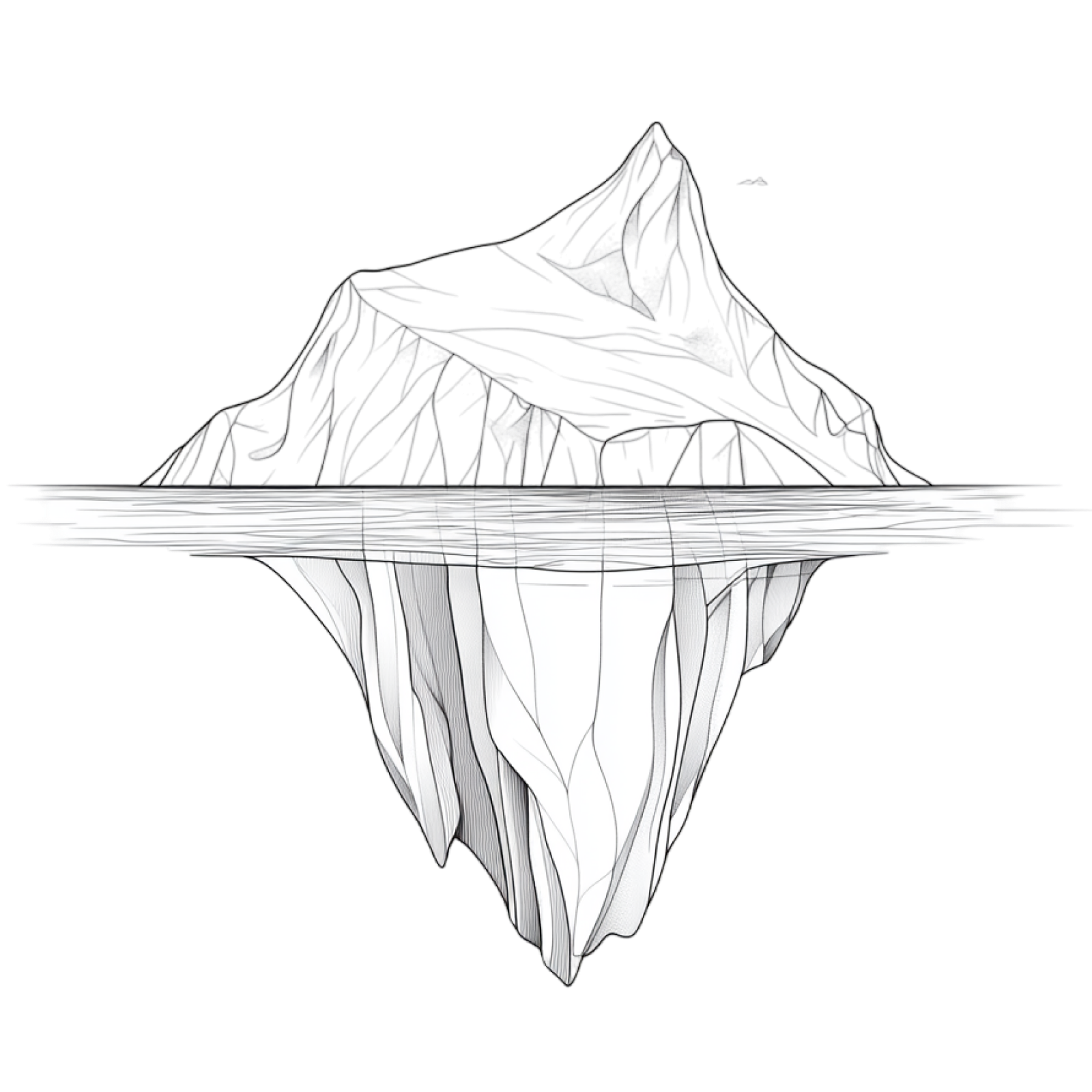
Jojo Rabbit Spoiler-Free Summary
Get a quick, spoiler-free overview of Jojo Rabbit that covers the main plot points and key details without revealing any major twists or spoilers. Perfect for those who want to know what to expect before diving in.

More About Jojo Rabbit
Visit What's After the Movie to explore more about Jojo Rabbit: box office results, cast and crew info, production details, post-credit scenes, and external links — all in one place for movie fans and researchers.

Similar Movies to Jojo Rabbit
Discover movies like Jojo Rabbit that share similar genres, themes, and storytelling elements. Whether you’re drawn to the atmosphere, character arcs, or plot structure, these curated recommendations will help you explore more films you’ll love.
Explore More About Movie Jojo Rabbit
Jojo Rabbit (2019) Scene-by-Scene Movie Timeline
Jojo Rabbit (2019) Movie Characters, Themes & Settings
Jojo Rabbit (2019) Ending Explained & Theories
Jojo Rabbit (2019) Spoiler-Free Summary & Key Flow
Movies Like Jojo Rabbit – Similar Titles You’ll Enjoy
Where Hands Touch (2018) Detailed Story Recap
For Jojo (2022) Story Summary & Characters
A Hidden Life (2019) Ending Explained & Film Insights
Europa Europa (1991) Complete Plot Breakdown
Resistance (2020) Complete Plot Breakdown
Rosenstrasse (2004) Full Movie Breakdown
When Hitler Stole Pink Rabbit (2021) Plot Summary & Ending Explained
When Hitler Stole Pink Rabbit (2019) Detailed Story Recap
Toyland (2007) Movie Recap & Themes
Leroy (2007) Film Overview & Timeline
A Special Day (1977) Movie Recap & Themes
Germany, Year Zero (1948) Detailed Story Recap
Holocaust (1000) Plot Summary & Ending Explained
Hitler’s Children (1943) Movie Recap & Themes
Tomorrow, the World! (1944) Detailed Story Recap

